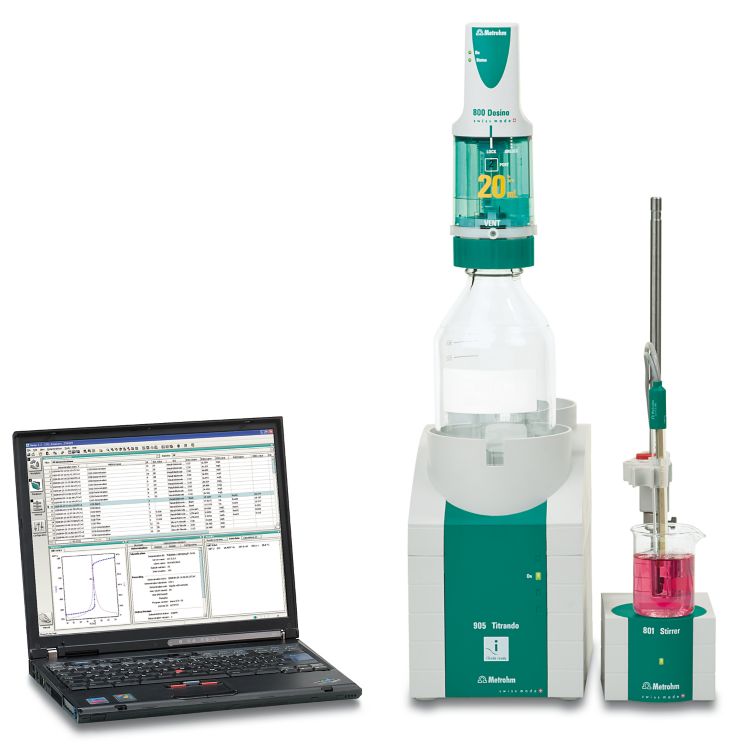The inorganic compound zinc sulfate is used for various applications. It is often utilized as a dietary supplement to nourish both humans and animals with zinc, an essential mineral for our health, since we cannot produce nor store it naturally. Zinc is also often used in medicine because of its antibacterial properties. Additionally, it can be applied on roofs to prevent extended moss growth, used as precursor of the white pigment «lithopone», or in zinc electroplating. Due to its versatile applications, the determination of its purity is important.
This Application Note describes the photometric determination of zinc sulfate using the Optrode at a wavelength of 610 nm. Complexometric titration of zinc requires EDTA as titrant and Eriochrome Black T as indicator. The method fully complies with Ph. Eur. and USP.
The analysis is demonstrated on a zinc sulfate heptahydrate sample. No sample preparation is required.

An appropriate amount of sample is weighed into a beaker and is dissolved in deionized water. Ammonia buffer pH 10 and a small amount of Eriochrome Black T indicator is then added to the beaker. The sample is titrated photometrically with standardized EDTA until after the break point.
The analysis demonstrates a distinct color change which results in reliable and reproducible results. In this study, the zinc sulfate content was determined as w(ZnSO4) = 57.61% (SD(rel) = 0.03%, n = 6). An example titration curve is shown in Figure 2.
The purity of zinc sulfate can easily be assessed using photometric titration. To reliably indicate the color change, a sensor such as the Optrode should be used. This has the advantage that the analysis is performed objectively, and the endpoint is always designated at the same color change. The use of a Metrohm autotitrator and software in place of manual titration allows completely automated documentation for full traceability according to various regulations.
The analysis fully complies with Ph.Eur. and USP.
Internal reference: AW TI CH1-1311-012012
 Share via email
Share via email
 Download PDF
Download PDF